Home>Articles>What Light Temperature Is Best For A Living Room
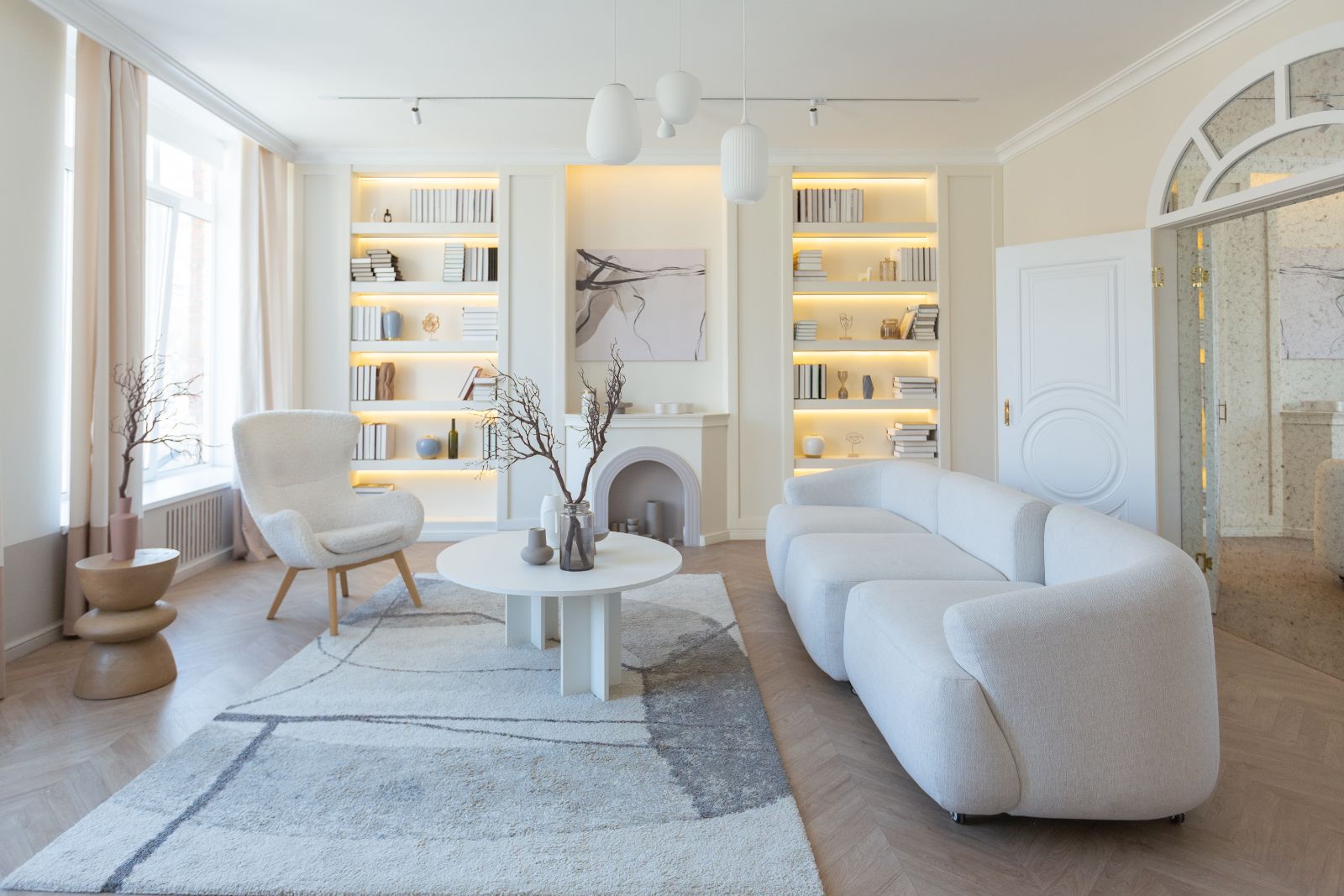

Articles
What Light Temperature Is Best For A Living Room
Modified: December 7, 2023
Discover the ideal light temperature for your living room with our informative articles. Find out how different light temperatures can create the perfect ambiance for relaxation and entertainment.
(Many of the links in this article redirect to a specific reviewed product. Your purchase of these products through affiliate links helps to generate commission for Storables.com, at no extra cost. Learn more)
Introduction
When it comes to creating the perfect atmosphere in your living room, lighting plays a crucial role. The right choice of light fixtures and light bulbs can transform the ambiance and mood of the space. One important factor to consider when selecting lighting for your living room is the light temperature.
Light temperature refers to the color of light emitted by a light source, expressed in Kelvin (K) units. It is often categorized into three main types: warm, neutral, and cool. Each light temperature has its own unique characteristics and can create a different ambiance within your living room.
In this article, we will explore the concept of light temperature and delve into the factors to consider when selecting the best light temperature for your living room. Furthermore, we will discuss the benefits of choosing the right light temperature and provide you with popular light temperature options to consider. Lastly, we will provide some useful tips to help you make the best decision when selecting the light temperature for your living room.
By the end of this article, you will have a better understanding of how light temperature can contribute to the overall atmosphere and aesthetic appeal of your living room, allowing you to create a space that is not only visually pleasing but also comfortable and inviting.
Key Takeaways:
- Choose warm light (2700K-3000K) for a cozy, inviting living room ambiance, and cool light (4000K-5000K) for a bright, energizing atmosphere, based on your room’s function and size.
- Consider factors such as room size, color scheme, and natural light when selecting the best light temperature for your living room to enhance visual comfort and aesthetic appeal.
Read more: What Lighting Is Best For Living Room
Understanding Light Temperature
Light temperature, also known as color temperature, refers to the perceived color of light emitted by a light source. It is measured in Kelvin (K) units. Understanding light temperature is crucial when selecting lighting for your living room, as it can significantly impact the ambiance and mood of the space.
Light temperature is often categorized into three main types: warm, neutral, and cool.
Warm Light (2700K-3000K): Warm light temperature creates a cozy and inviting atmosphere in a living room. It emits a soft, yellowish glow that mimics the warm glow of a traditional incandescent bulb. Warm light is often associated with relaxation, intimacy, and a sense of comfort. It is ideal for creating a warm and welcoming ambiance in your living room, especially for areas where you want to unwind and feel at ease, such as a seating area or a reading nook.
Neutral Light (3500K-4000K): Neutral light temperature strikes a balance between warm and cool light. It emits a crisp, white light that closely resembles natural daylight. Neutral light is known for enhancing visibility and making colors appear more vibrant. It is a versatile option that can work well in various living room settings, from entertaining spaces to work areas. If you are looking for a light temperature that promotes productivity and clarity, neutral light is a great choice.
Cool Light (5000K-6500K): Cool light temperature produces a bright, bluish-white light that simulates the light of a bright sunny day. It is known for its energizing and stimulating properties, making it ideal for areas where you need to stay alert and focused. Cool light is often used in task-oriented spaces, such as home offices or hobby areas. However, it may not be the best choice for creating a cozy and relaxing ambiance in a living room.
It is worth noting that the perception of light temperature can vary from person to person. Some individuals may prefer warmer hues, while others may gravitate towards cooler tones. It is essential to consider your personal preference and the purpose of the living room when selecting the light temperature.
Now that we have a better understanding of light temperature, let’s dive into the factors to consider when choosing the best light temperature for your living room.
Factors to Consider for a Living Room
When choosing the light temperature for your living room, it is important to consider several factors to ensure that you create the desired ambiance and functionality. Let’s explore some key factors that should influence your decision:
- Functionality: Determine how you primarily use your living room. Is it a space for relaxation, entertainment, or work? Different activities may benefit from different light temperatures. For example, if you enjoy reading in your living room, a warm light temperature would create a cozy reading nook. If you use the space as a home office, a neutral or cool light temperature may enhance focus and productivity.
- Room Size: Consider the size of your living room when selecting the light temperature. In larger rooms, warmer light temperatures can create a more intimate and cozy atmosphere, while cooler light temperatures can help brighten up the space. In smaller rooms, cooler light temperatures may make the room feel more spacious.
- Color Scheme: Take into account the color scheme and decor of your living room. Warm light temperatures tend to complement warm color palettes, such as earth tones and rich hues. Cool light temperatures can enhance cool color schemes, such as blues and greys. Consider how the light temperature will interact with the existing colors in the room to achieve a harmonious and balanced effect.
- Natural Light: Assess the amount of natural light that enters your living room. If your living room receives ample natural light, you may opt for a light temperature that seamlessly blends with the daylight. If the room tends to be darker, you may want to choose a light temperature that compensates for the lack of natural light and brightens up the space.
- Personal Preference: Ultimately, trust your personal preference and the ambiance you wish to create in your living room. Some individuals may prefer a warm and cozy atmosphere, while others may lean towards a brighter and more energizing ambiance. Consider what makes you feel most comfortable and relaxed in a living room setting.
By considering these factors, you can make an informed decision when selecting the light temperature for your living room. Next, let’s explore the benefits of choosing the right light temperature.
Benefits of Choosing the Right Light Temperature
The light temperature you choose for your living room can have a significant impact on the overall ambiance and functionality of the space. Here are some key benefits of selecting the right light temperature:
- Mood Enhancement: The right light temperature can help set the desired mood in your living room. Warm light temperatures, such as those in the 2700K-3000K range, create a cozy and inviting atmosphere, perfect for relaxation and socializing. Cooler light temperatures, like those in the 5000K-6500K range, offer a more energetic and stimulating ambiance, suitable for productivity and focus. By choosing the appropriate light temperature, you can enhance the desired mood and make your living room more enjoyable.
- Visual Comfort: The right light temperature can contribute to visual comfort in your living room. Neutral light temperatures, ranging from 3500K to 4000K, closely resemble natural daylight, reducing eye strain and creating a sense of clarity. This is especially beneficial in areas where reading, studying, or doing detailed tasks are common. By selecting a light temperature that promotes visual comfort, you can ensure a pleasant and functional space.
- Aesthetic Appeal: Different light temperatures can enhance the aesthetic appeal of your living room. Warm light temperatures can create a cozy and intimate feel, making the space more inviting and comfortable. Cooler light temperatures bring a modern and vibrant touch, adding brightness and depth to the room. By selecting a light temperature that aligns with your preferred aesthetic, you can enhance the overall visual appeal of your living room.
- Highlighting Décor and Artwork: The right light temperature can accentuate the beauty and details of your living room’s decor and artwork. Cooler light temperatures can bring out the cool tones and textures of paintings, sculptures, and other artistic elements. Warm light temperatures can enhance the warmth and richness of wooden furniture and fabrics. By using the appropriate light temperature, you can showcase your cherished pieces and elevate the overall aesthetic of your living room.
- Energizing or Relaxing Atmosphere: Light temperatures have the power to affect our energy levels and emotional state. Cooler light temperatures can help boost alertness and productivity, making them suitable for areas where you need to stay focused and energized, like a home office space. On the other hand, warm light temperatures can promote relaxation and a sense of calm, making them ideal for creating a soothing and tranquil environment in your living room. By selecting the right light temperature, you can create the desired atmosphere and support your activities in the living room.
By understanding and considering these benefits, you can make an informed decision when selecting the light temperature for your living room. Now, let’s explore some popular light temperature options for living rooms.
A light temperature of around 2700-3000 Kelvin is best for a living room as it creates a warm and inviting atmosphere. Avoid going too cool (5000K+) as it can feel harsh and uninviting.
Popular Light Temperatures for Living Rooms
When it comes to light temperatures for living rooms, there are a few popular options to consider. These light temperatures have become widely used due to their ability to create a desirable ambiance. Here are some popular light temperature choices for living rooms:
- 2700K-3000K (Warm Light): Warm light temperatures are a popular choice for living rooms, as they create a cozy and inviting atmosphere. This range of light temperature emits a soft, yellowish glow that resembles the warm glow of traditional incandescent bulbs. It is ideal for areas in the living room where you want to relax and unwind, such as seating areas or reading corners. Warm light temperatures evoke a sense of comfort and intimacy, making them perfect for creating a warm and homely ambiance.
- 3500K-4000K (Neutral Light): Neutral light temperatures have gained popularity for their versatility and ability to mimic natural daylight. This range of light temperature emits a crisp, white light that enhances visibility and makes colors appear more vivid. Neutral light is often used in living rooms that serve multiple purposes, such as entertaining and working. It creates a bright and vibrant ambiance, making the space feel lively and sociable.
- 4000K-5000K (Cool Light): Cool light temperatures are commonly used in living rooms where a brighter and more energizing atmosphere is desired. This range of light temperature emits a bright, bluish-white light that simulates daylight. Cool light is ideal for areas where you need to stay alert and focused, such as home offices or study spaces within the living room. It can also create a modern and sophisticated look, giving the room a fresh and vibrant feel.
These popular light temperature options provide a range of choices to suit different preferences and purposes for your living room. Consider the desired ambiance, functionality, and personal preference when selecting the light temperature that best aligns with your vision.
Now that you have an understanding of popular light temperatures for living rooms, let’s move on to some tips for selecting the best light temperature for your space.
Read more: What Light Bulb For Living Room
Tips for Selecting the Best Light Temperature
Choosing the best light temperature for your living room can seem daunting, but with a few tips in mind, you can make an informed decision that suits your needs and preferences. Here are some tips to help you select the best light temperature:
- Consider the Room’s Function: Think about how you primarily use your living room. If it’s a space for relaxation, warm light temperatures like 2700K-3000K can create a cozy and intimate atmosphere. For areas where you need to focus and be productive, cooler light temperatures like 4000K-5000K may be more suitable.
- Take Room Size into Account: The size of your living room can influence the perceived ambiance created by the light temperature. In smaller spaces, cooler light temperatures can make the room appear larger and more open. In larger spaces, warmer light temperatures can create a more intimate setting.
- Aim for Visual Comfort: Consider the activities you engage in within the living room. If you read, work on hobbies, or do other visually demanding tasks, opt for a light temperature that promotes visual comfort. Neutral light temperatures, such as 3500K-4000K, closely resemble natural daylight and provide good visibility.
- Coordinate with Color Scheme: Evaluate the color scheme and furnishings in your living room. Warm light temperatures complement warm color palettes, while cool light temperatures accentuate cool tones. Consider how your chosen light temperature will interact with the existing colors to create a cohesive and visually appealing ambiance.
- Natural Light Integration: Assess the amount of natural light that enters your living room. If the room receives a lot of natural light, you may want to choose a light temperature that complements it. If natural light is limited, consider selecting a light temperature that compensates for the lack of natural brightness.
- Experiment and Adjust: Don’t be afraid to experiment with different light temperatures. You can start with a light temperature that you find appealing based on the tips mentioned earlier and observe how it affects the ambiance and functionality of your living room. If you’re not satisfied, you can make adjustments by trying a different light temperature until you achieve the desired atmosphere.
Remember, the best light temperature for your living room ultimately comes down to personal preference and the ambiance you want to create. Take the time to assess your needs and consider the tips provided to make an informed decision that will enhance the overall experience in your living room.
Now that you have a better understanding of selecting the best light temperature, let’s summarize what we’ve discussed.
Conclusion
Selecting the right light temperature for your living room is essential for creating the desired ambiance and functionality in your space. By understanding the different light temperature options and considering factors such as the room’s function, size, color scheme, natural light, and personal preference, you can make an informed decision that enhances the overall atmosphere of your living room.
The popular light temperature options for living rooms include warm light temperatures (2700K-3000K) for a cozy and inviting feel, neutral light temperatures (3500K-4000K) for versatility and natural daylight simulation, and cool light temperatures (4000K-5000K) for brighter and more energizing atmospheres.
Choosing the right light temperature has several benefits, including mood enhancement, visual comfort, aesthetic appeal, and the ability to highlight décor and artwork. It can create an atmosphere that is either relaxing or energizing, depending on your preferences and the activities you engage in within your living room.
When selecting the best light temperature, consider the room’s function, size, color scheme, and integration with natural light. Aim for both visual comfort and a cohesive aesthetic. Don’t be afraid to experiment and adjust until you achieve the desired ambiance in your living room.
In conclusion, by carefully considering the factors and following the tips provided, you can confidently choose the light temperature that will transform your living room into a space that is visually appealing, functional, and reflects your personal style and needs.
Now, go ahead and create the perfect atmosphere in your living room with the right light temperature!
Frequently Asked Questions about What Light Temperature Is Best For A Living Room
Was this page helpful?
At Storables.com, we guarantee accurate and reliable information. Our content, validated by Expert Board Contributors, is crafted following stringent Editorial Policies. We're committed to providing you with well-researched, expert-backed insights for all your informational needs.
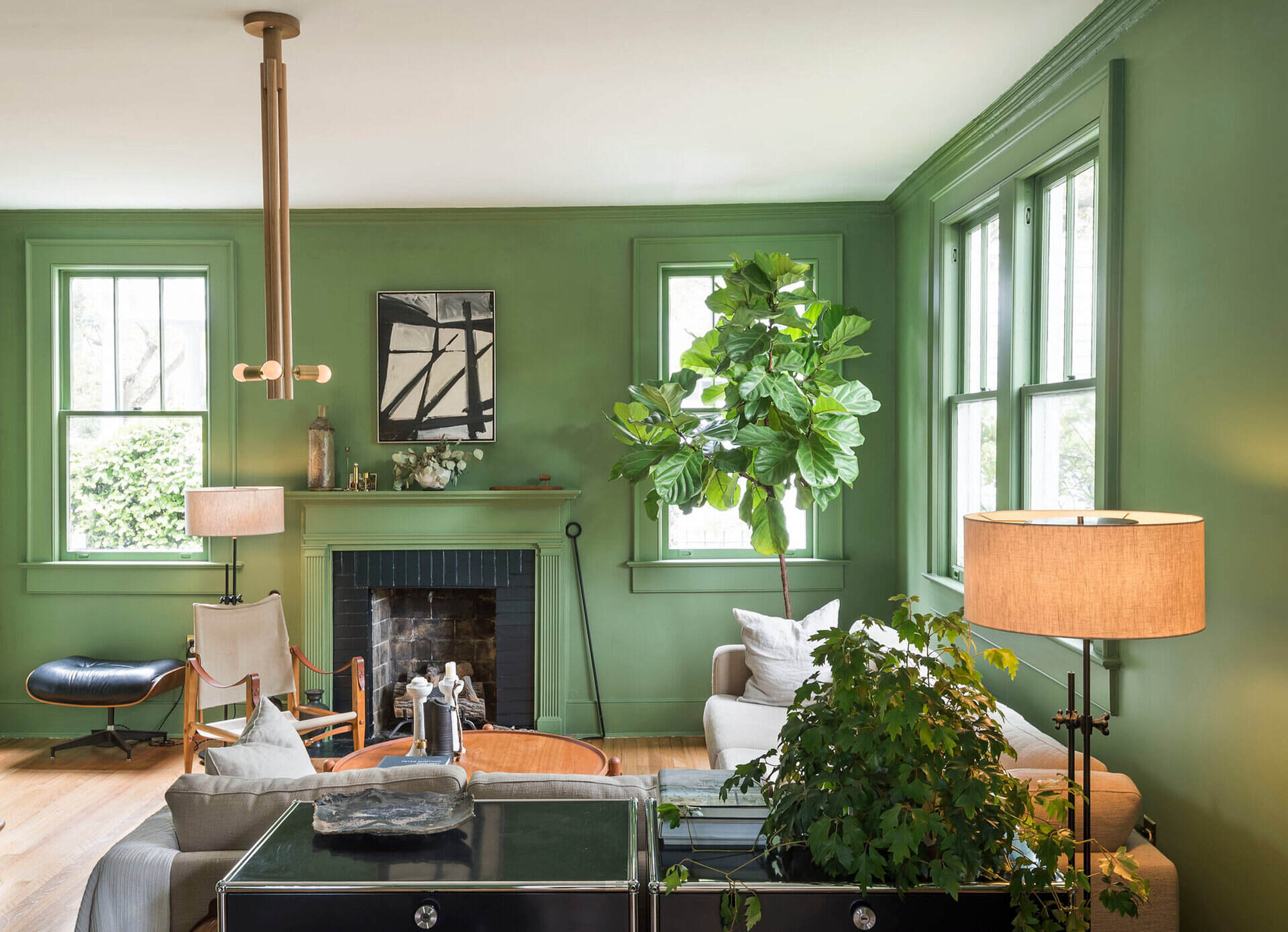
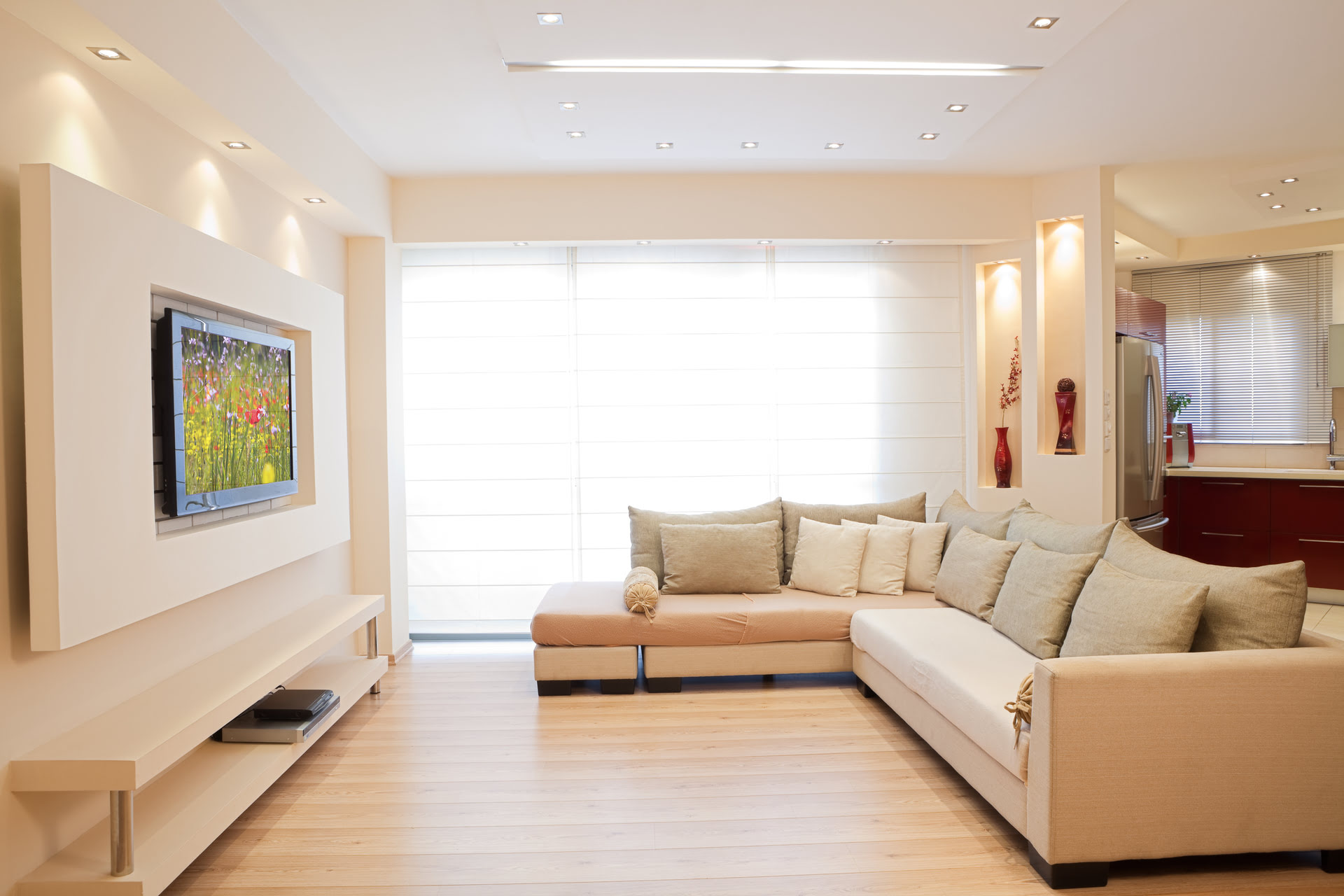
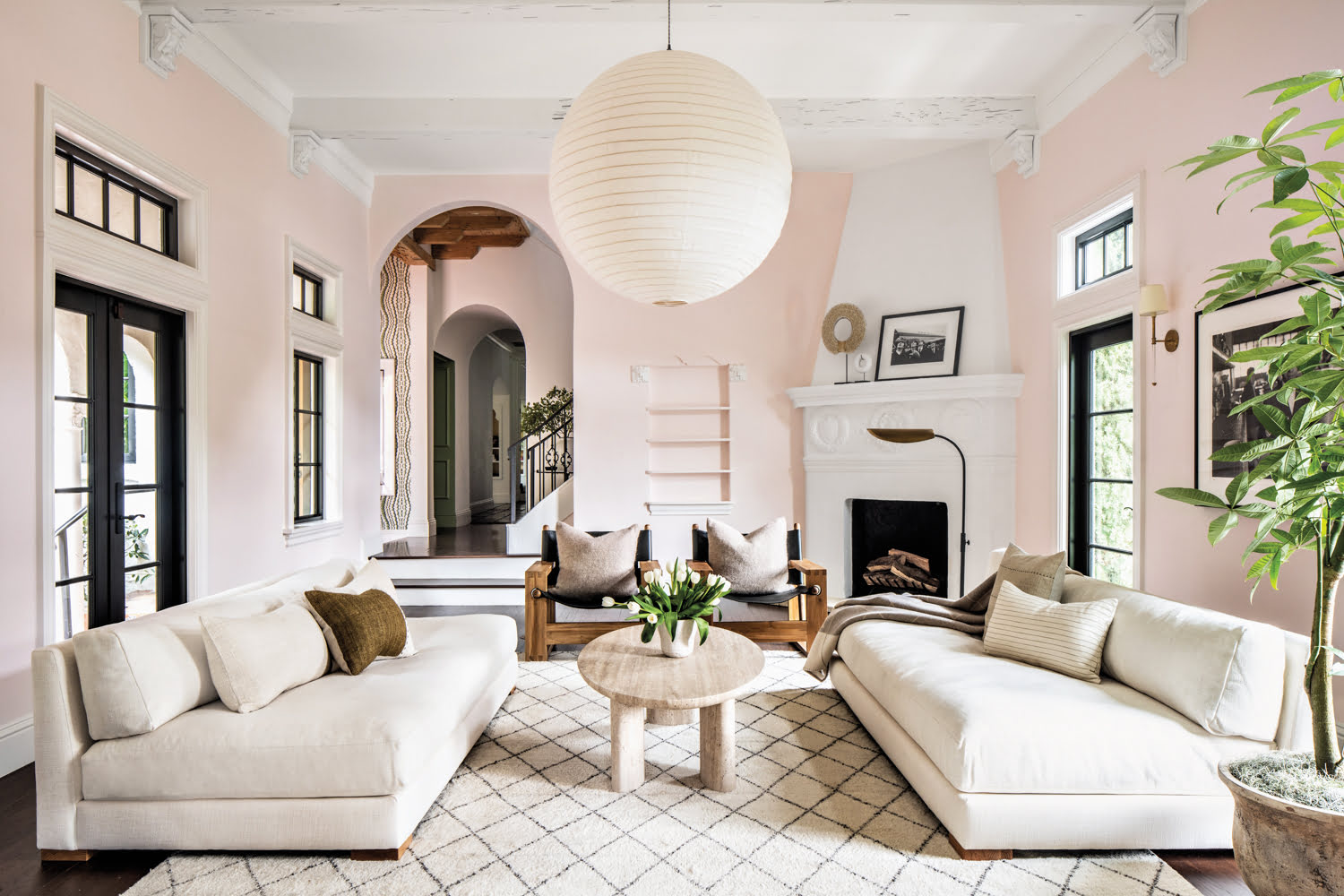
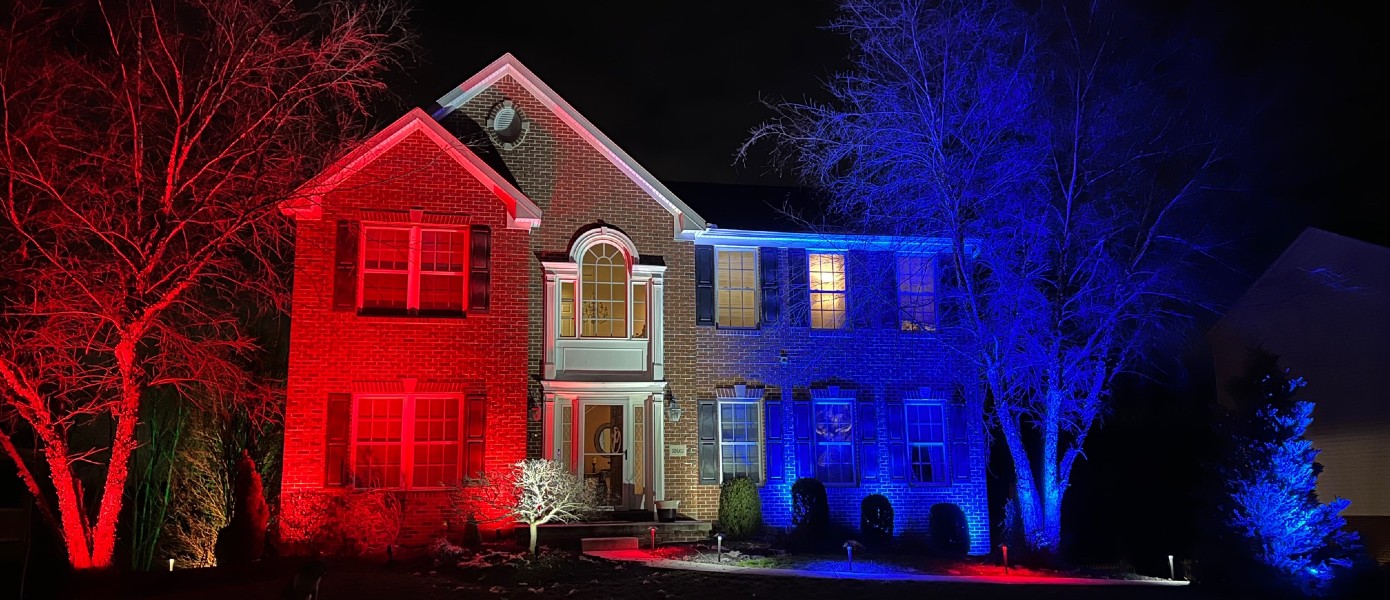
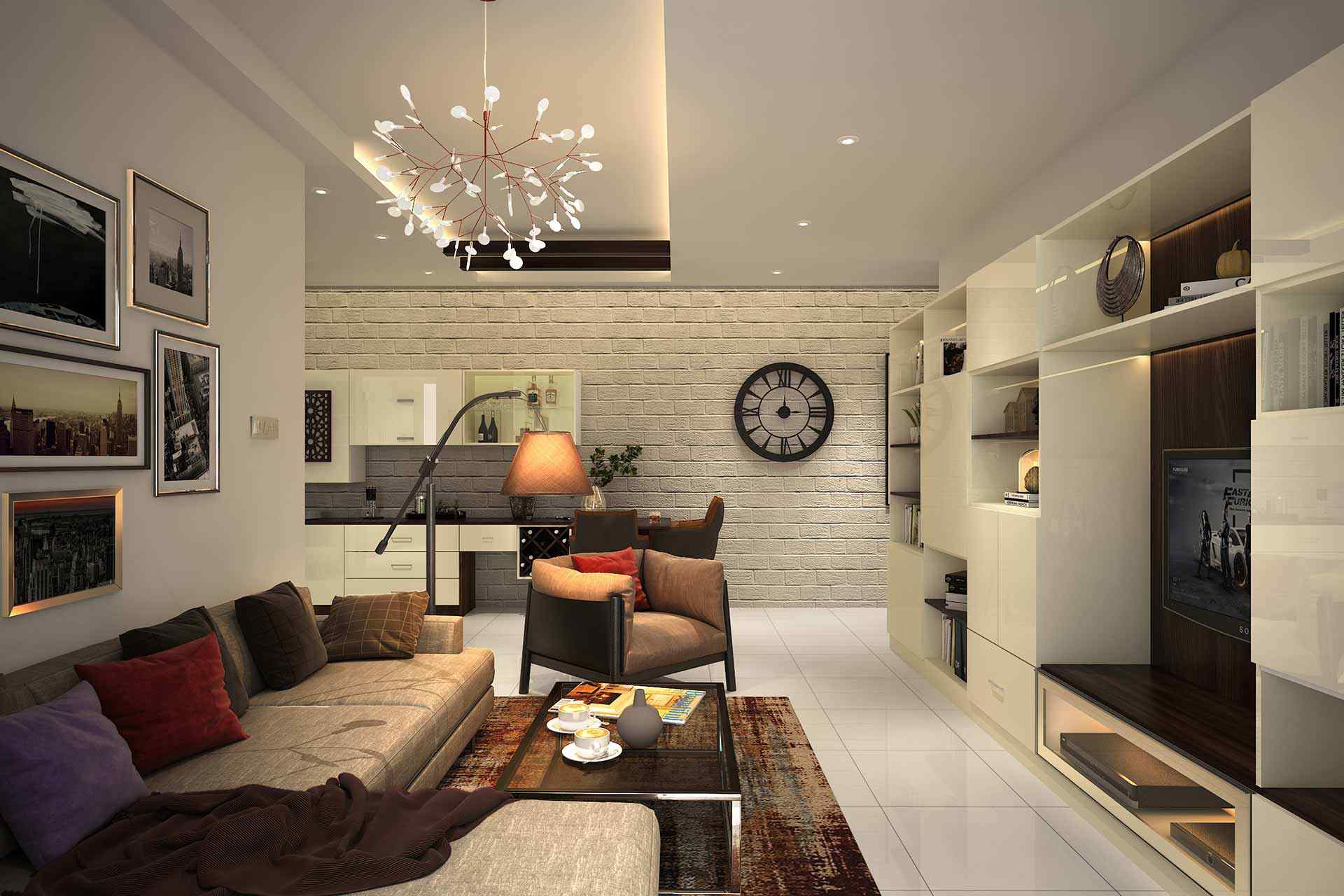
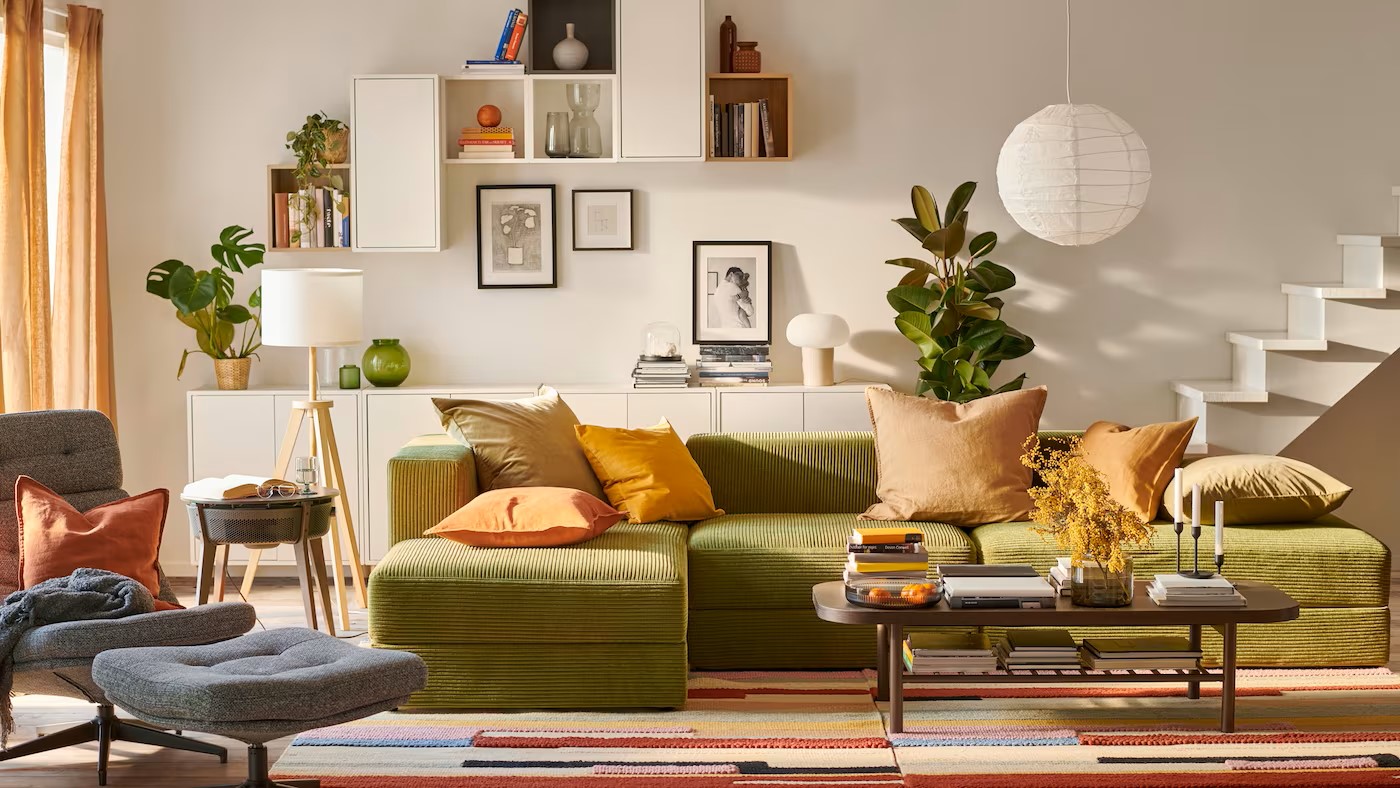
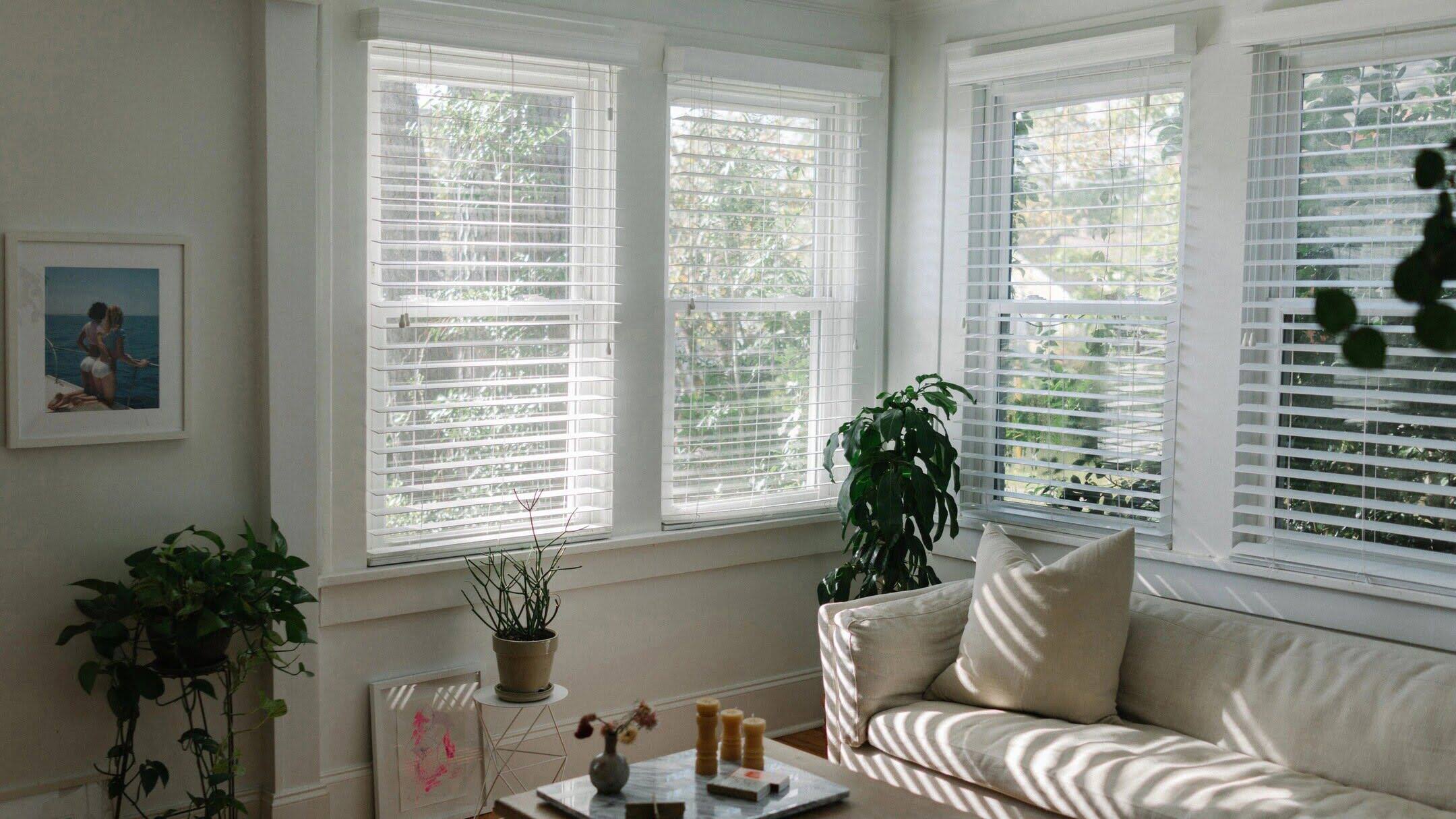
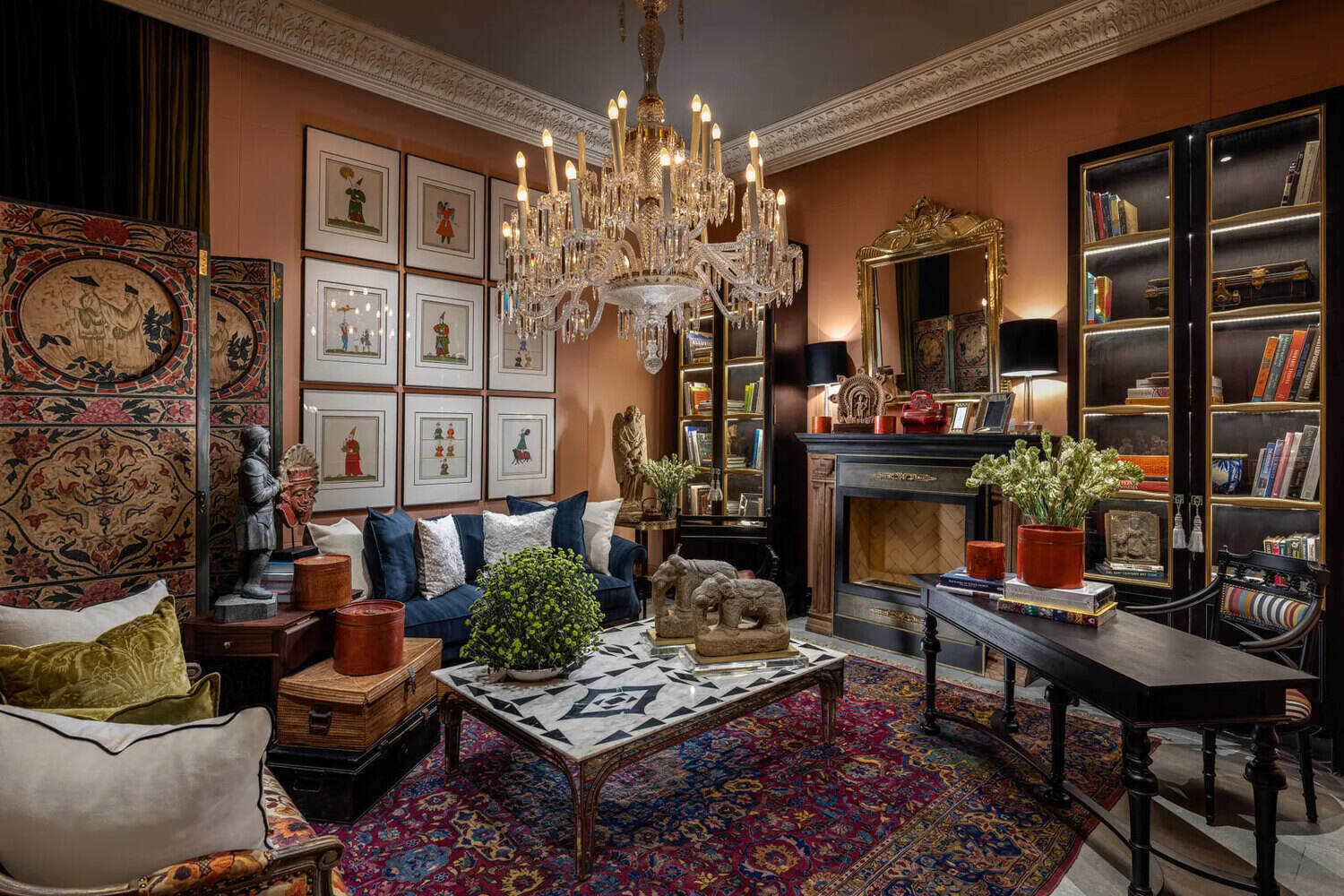
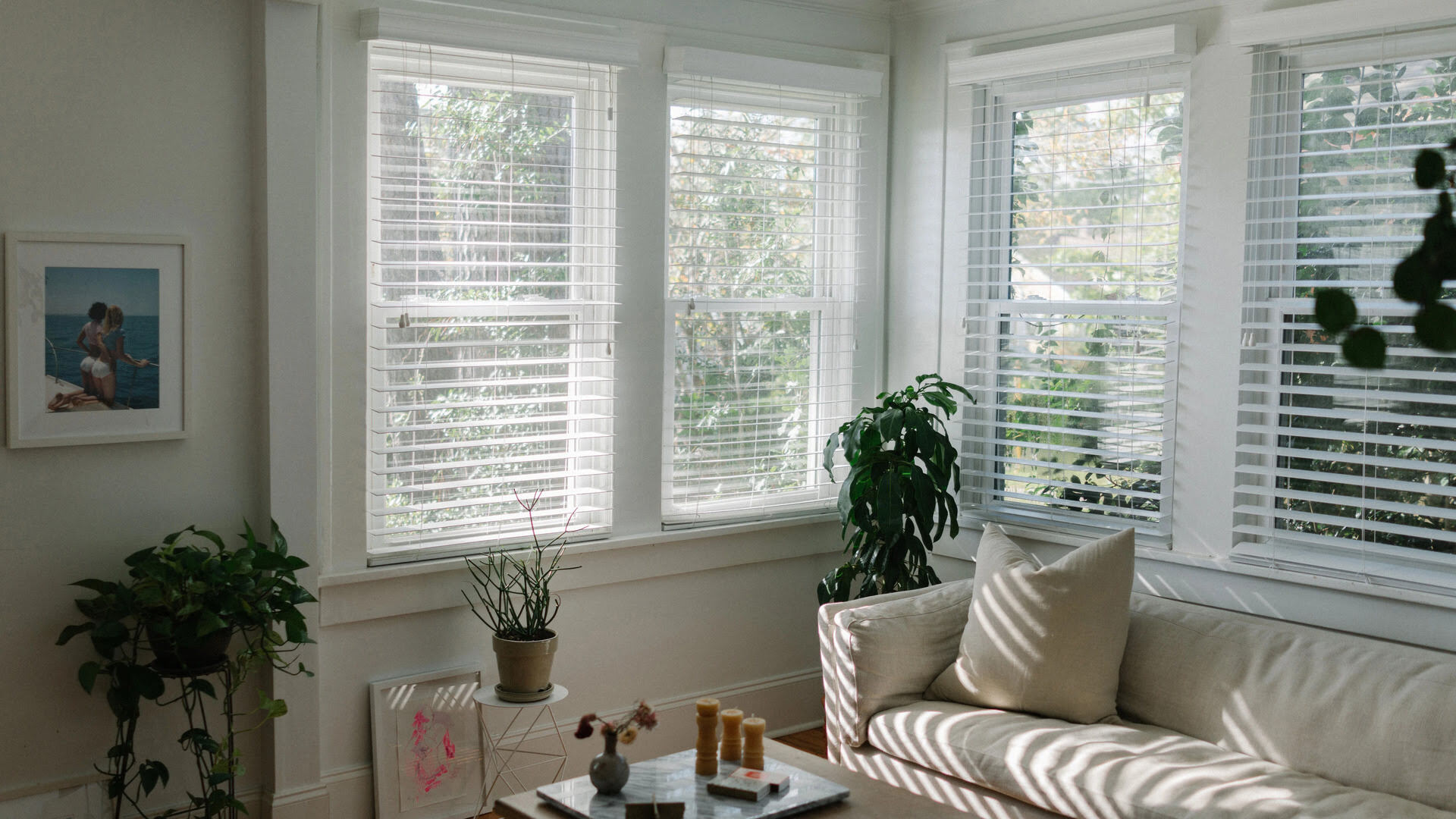
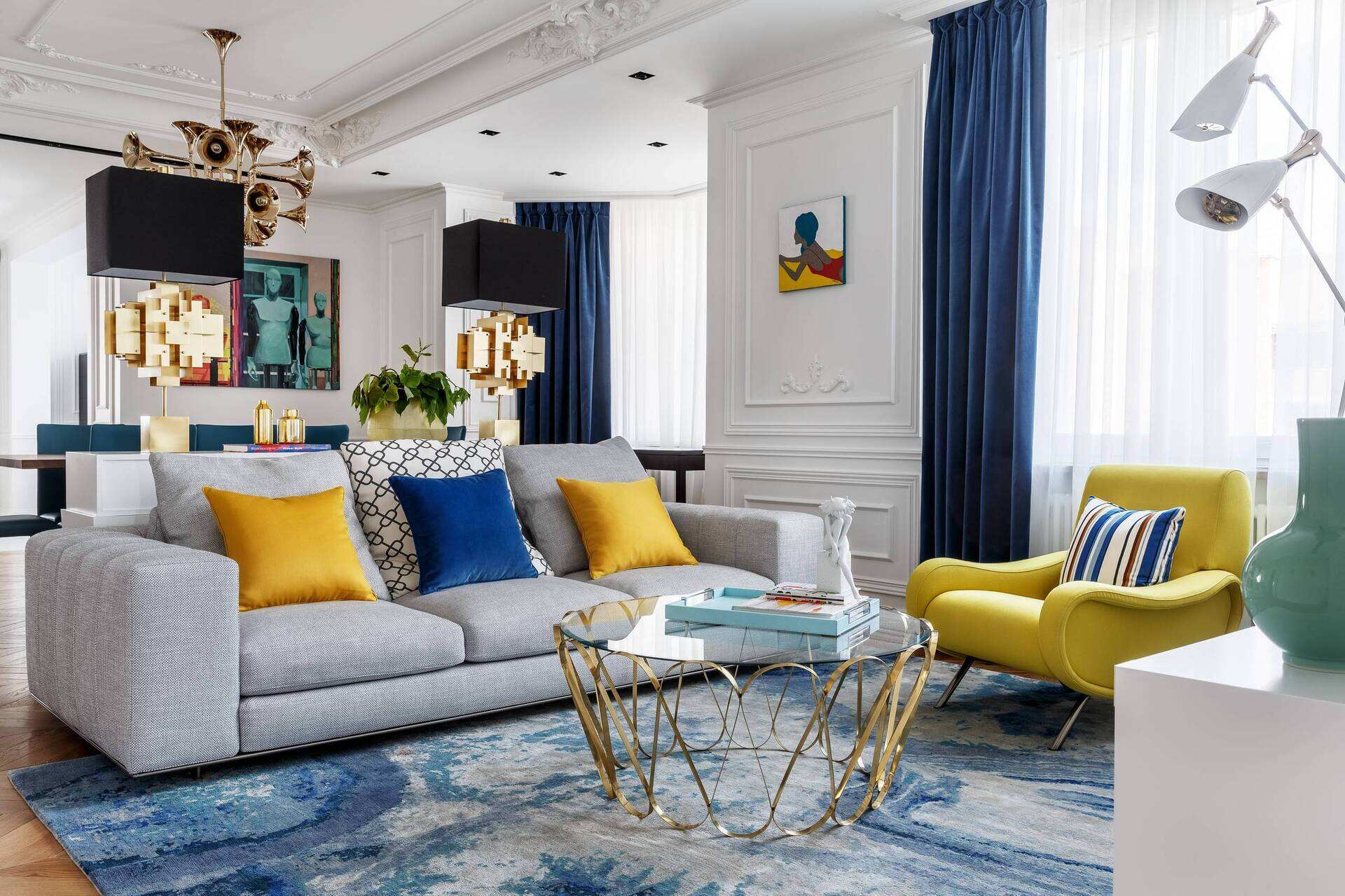
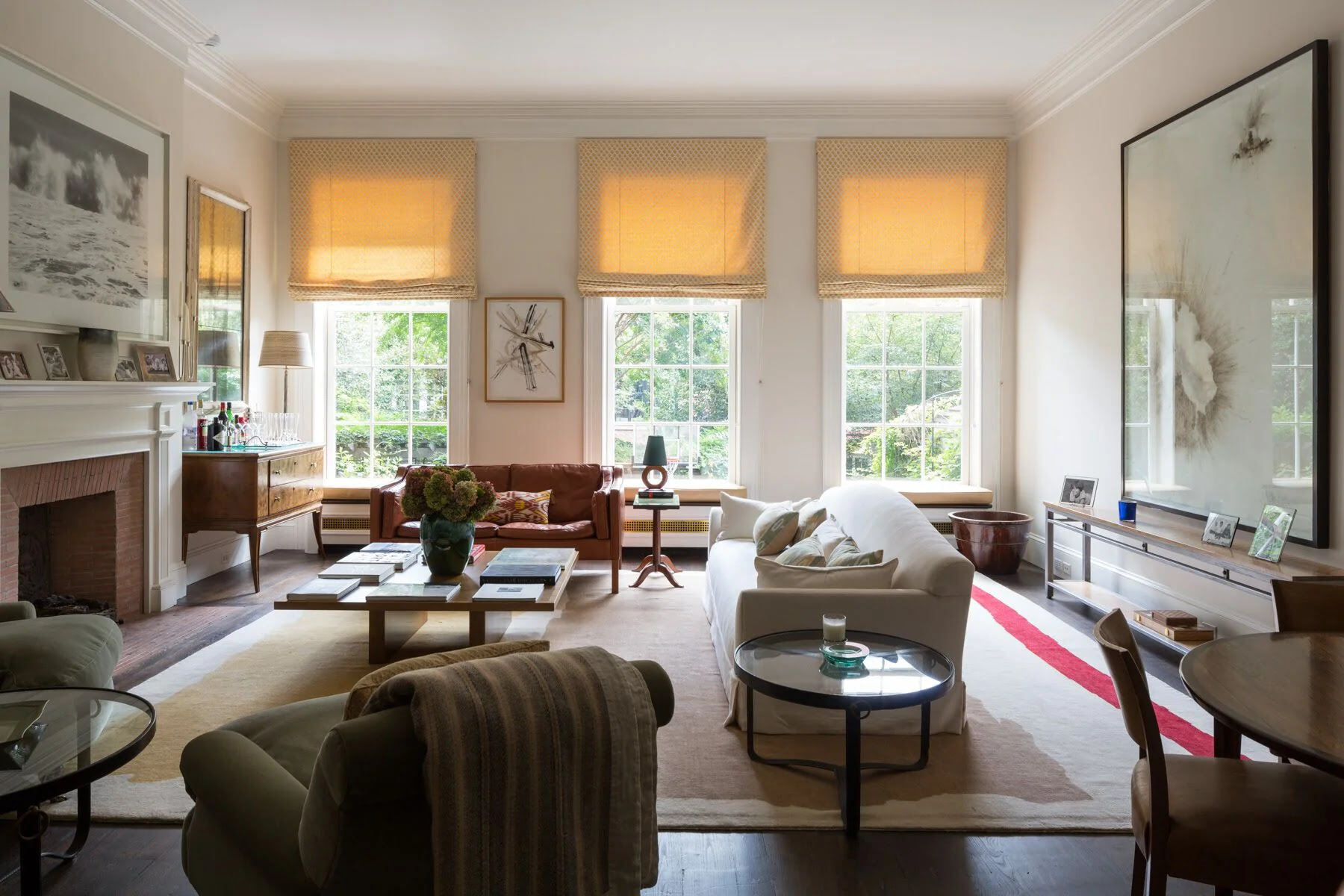
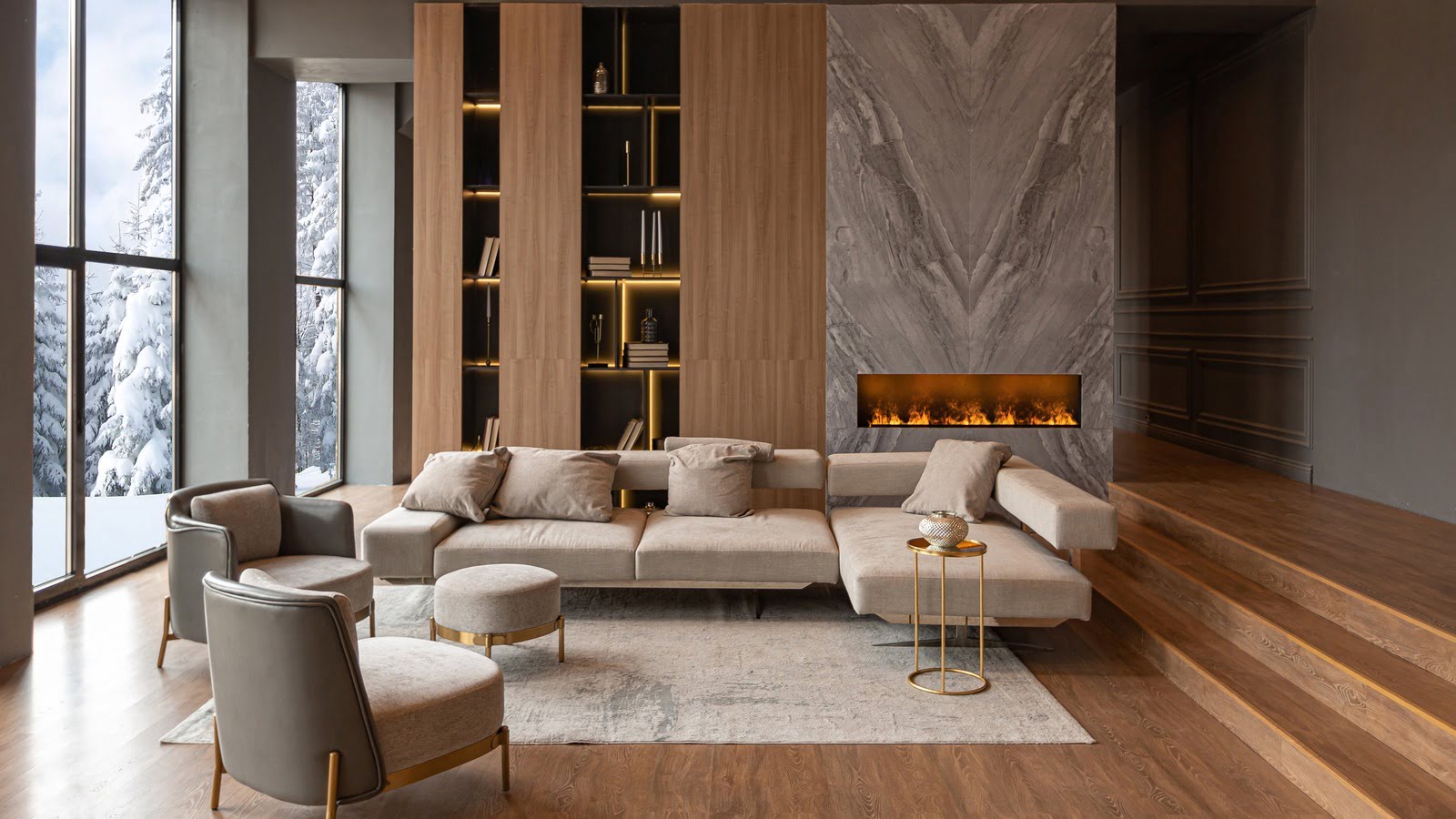
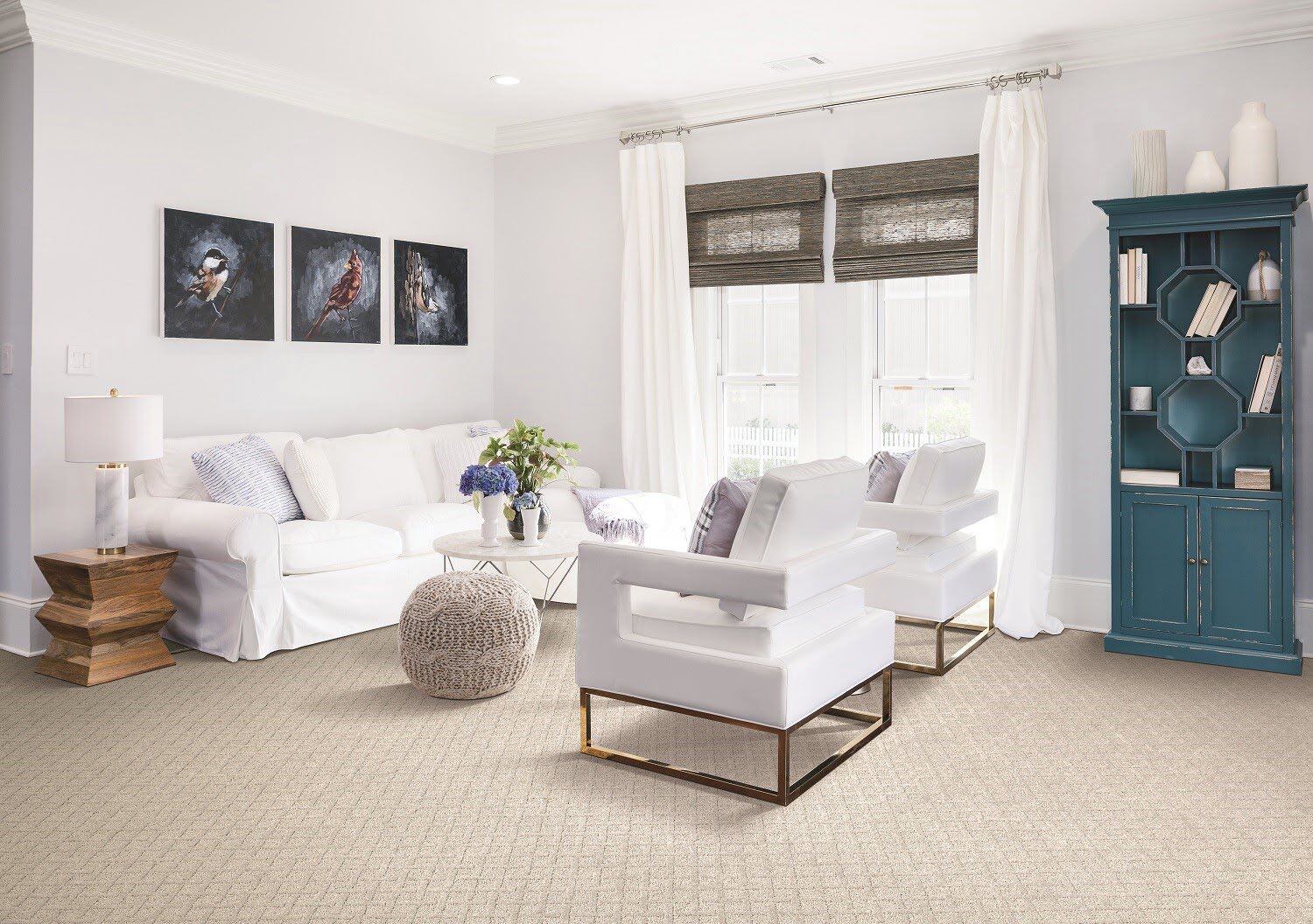
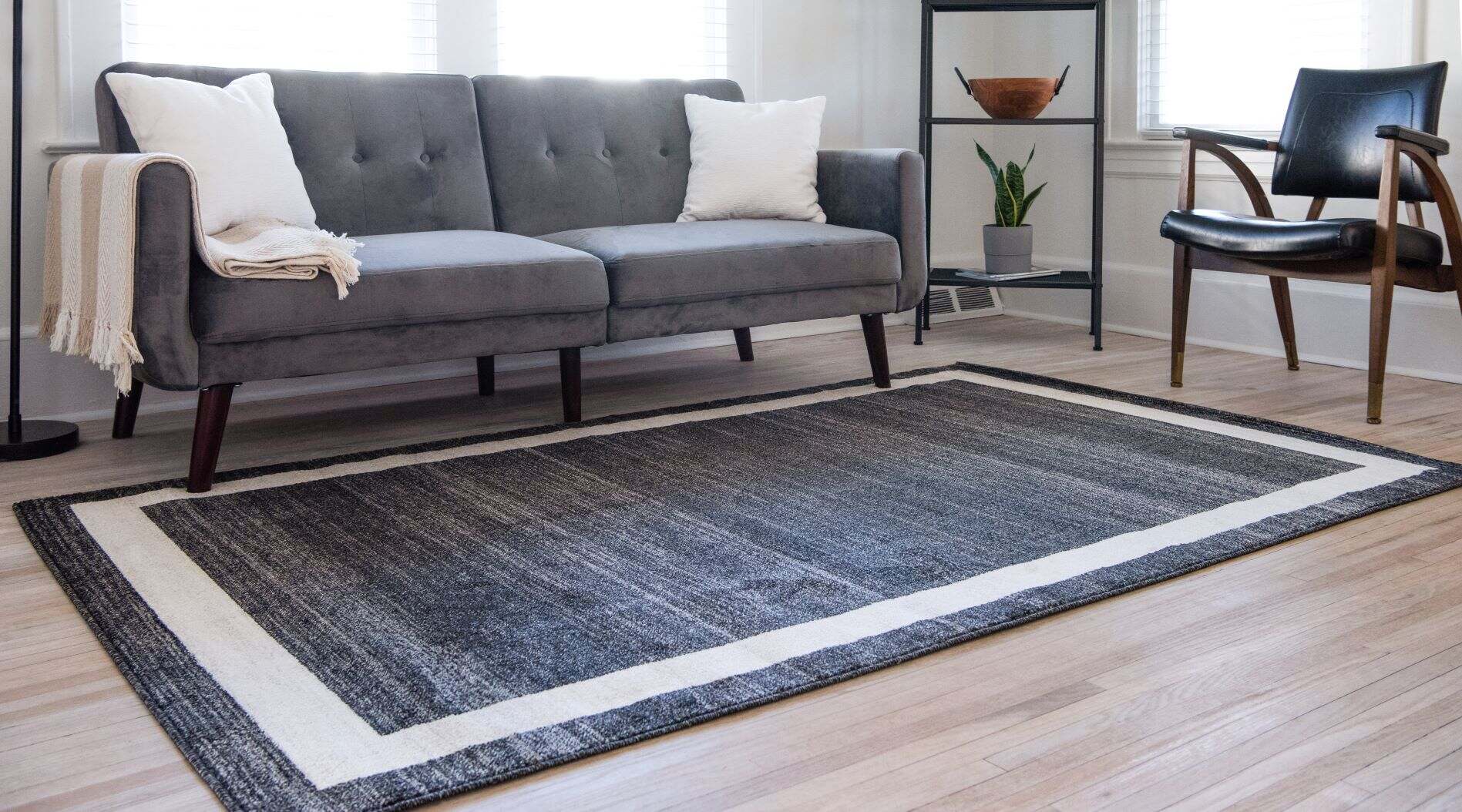

0 thoughts on “What Light Temperature Is Best For A Living Room”